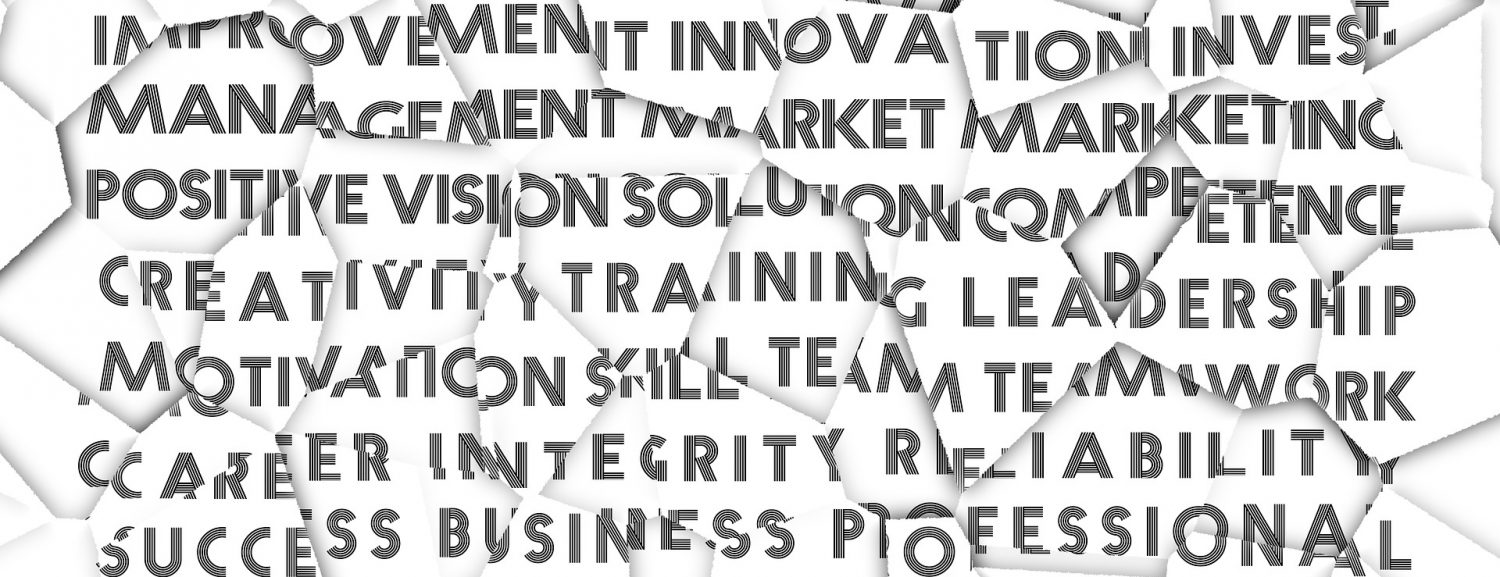Theories in Action: Leader Member Exchange and Trust (week 6)
This week marked the first with my new team and new case, and was my favorite week of the internship yet. Not only did we get to travel to a fantastic location for our work, I was thrust into a senior-client facing role at a workshop we were facilitating which was both a surprise and an incredibly fulfilling experience. I spent the whole week wondering what gave the leadership team on my case the confidence to not only thrust me into this role, but to put me into it with confidence and such positive reinforcement throughout the week. This is when I realized that the leadership on this case had a special way of approaching projects, and valuing and trusting team members. This immediately sparked the Leader Member Exchange theory for me, given that so much of this theory is reliant on leaders’ trust in followers and vice versa.
Given that so much of the theory is based on trust built through exchanges over time, it was impressive that my team had the foresight to ensure that they could trust me very quickly as the workshop started very soon after meeting them and having some of our first interactions. In that way, this theory was employed to an exemplary level on the team. Further, the Leader Member Exchange is a two way street, with my performance and confidence being closely tied to my relationships and interactions with leaders. Not only were these interactions positive and well-received upfront, but continued throughout the week which only augmented my confidence and propelled me toward success.
Given the nature of consulting projects, and the speed which engagements pick up, it is paramount that leaders can trust followers quickly and that followers have positive upfront interactions with leadership in order to motivate them and set a foundation for the project. The Leader Member Exchange theory can be leveraged by case team leadership to do things such as goal and norm-setting upfront and individually considering the needs of followers and their strengths and weaknesses in order to create a positive working relationship and foundation for the rest of the project. The way my team did this is an exemplary model that I hope will be replicated in future projects.
